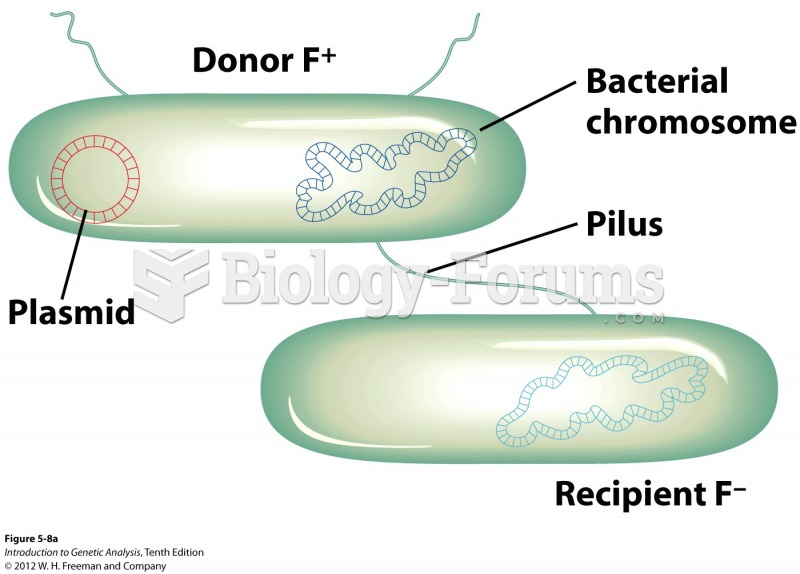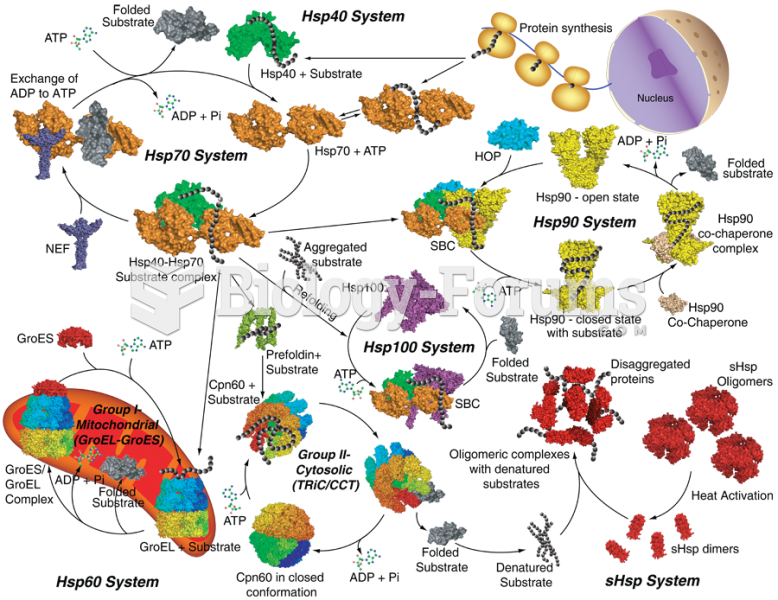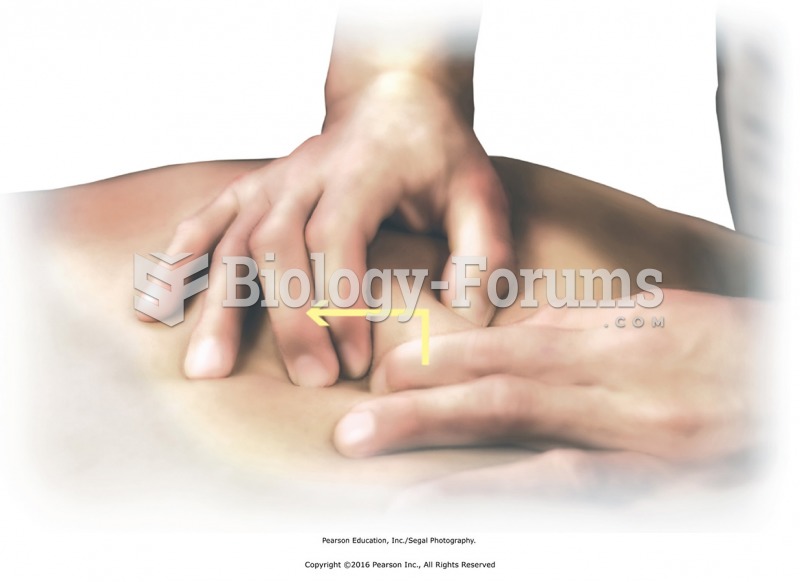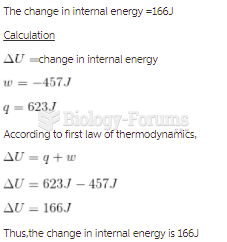This topic contains a solution. Click here to go to the answer
|
|
|
Did you know?
Atropine, along with scopolamine and hyoscyamine, is found in the Datura stramonium plant, which gives hallucinogenic effects and is also known as locoweed.
Did you know?
Eating food that has been cooked with poppy seeds may cause you to fail a drug screening test, because the seeds contain enough opiate alkaloids to register as a positive.
Did you know?
Approximately 25% of all reported medication errors result from some kind of name confusion.
Did you know?
There are 60,000 miles of blood vessels in every adult human.
Did you know?
In 1844, Charles Goodyear obtained the first patent for a rubber condom.







